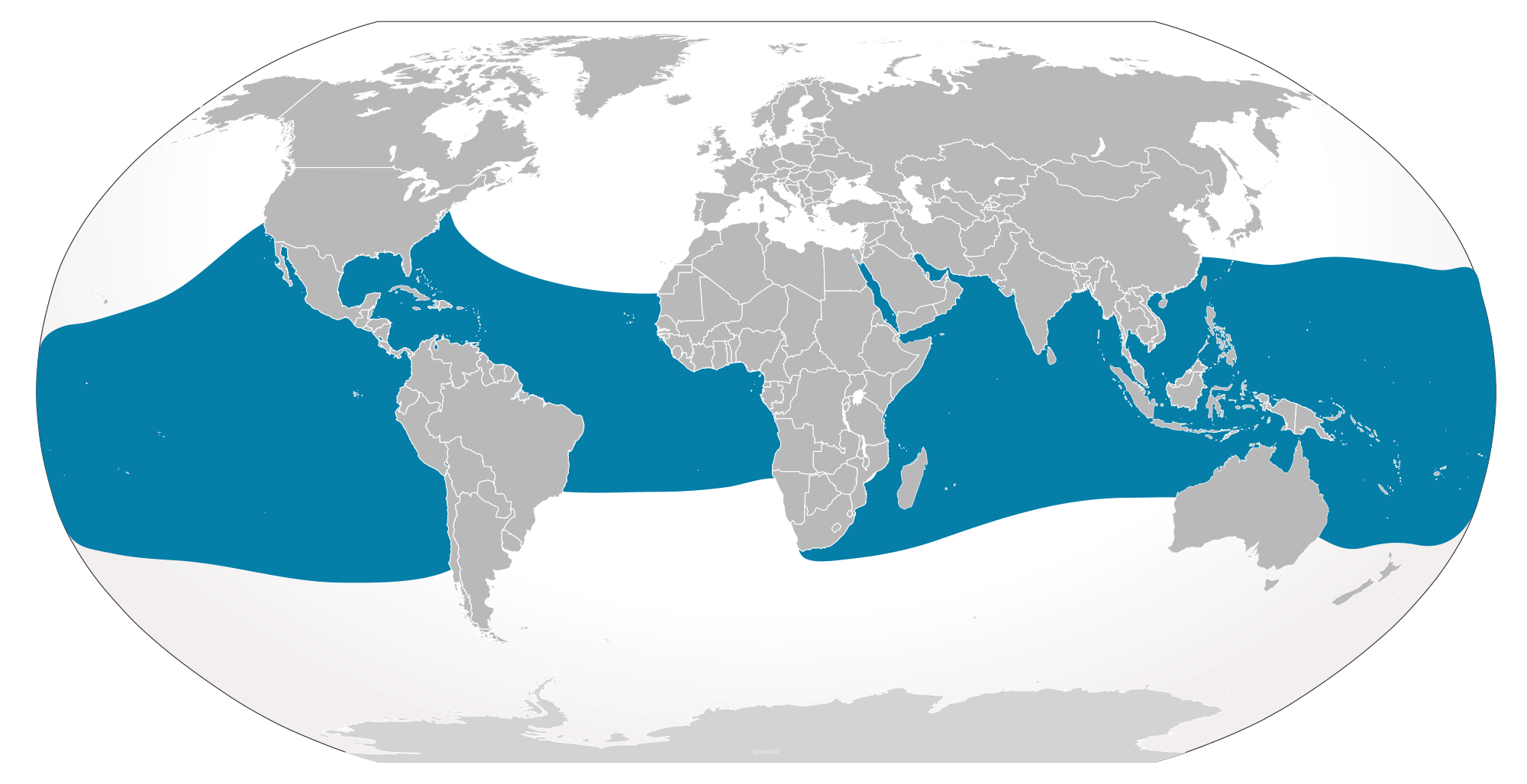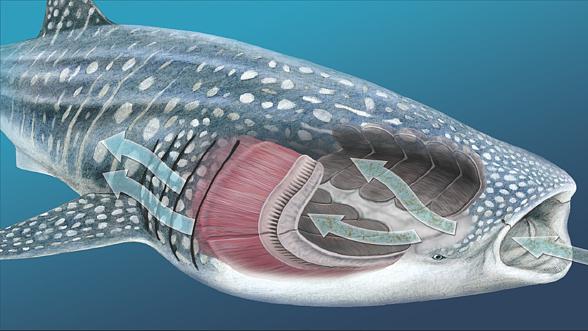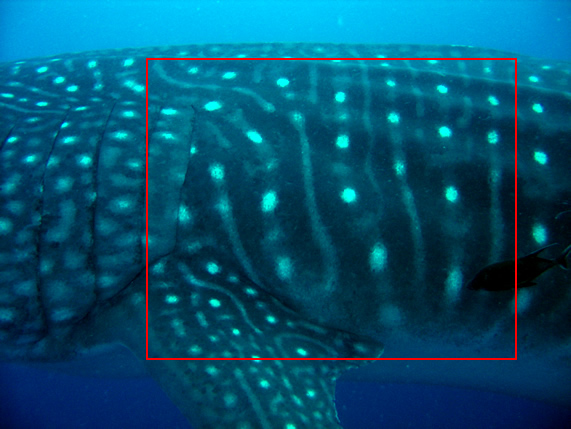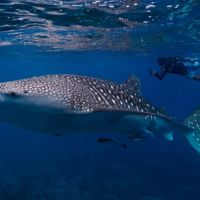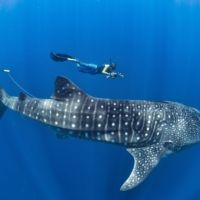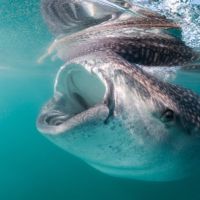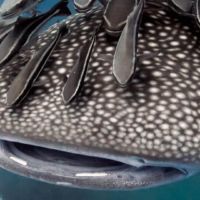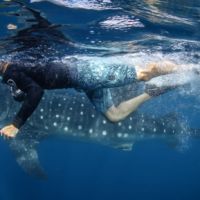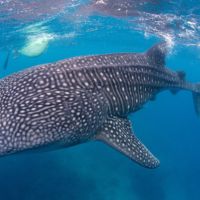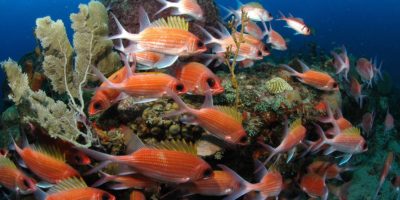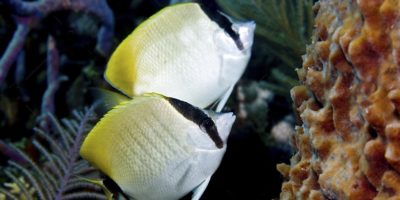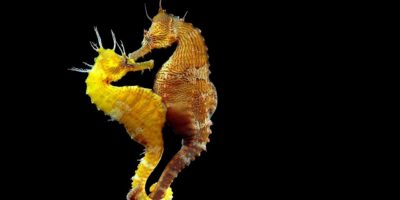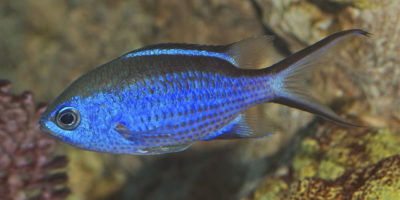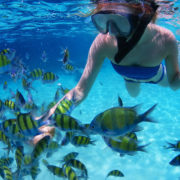Whale sharks (Rhincodon typus) are slow moving, gentle giants that roam between the continents between the oceans, feeding off copepods, krill, fish eggs, and small nektonic life ( such as small squid or fish ). They pose no threat to humans, so it is common to see divers and snorkelers swimming near them, with specialized tours for such purposes. It is better not to touch them, due to various reasons, as explained in this article on whale sharks, by Leisure Pro.
In Sosua Beach, there are several sightings about 500-800 meters or farther off the coast throughout the year, and sometimes as close as 300 meters just bordering the Sosua Bay ( juveniles ). Good news is, the DR is not as aggressive as other countries in terms of jumping into water to swim too close to them, and most videos are filmed from the boats.
Distribution and Habitat
Whale sharks inhabit all tropical and warm latitudes around Earth; It is primarily pelagic, living in the open sea but not in greater depths although it might dive as deep as 1,800 feet. Seasonal feeding aggregations can occur at numerous coastal sites such as southern and eastern parts of South Africa; Also in Belize, Saint Helena, Western Australia, Baja California, Mexico, Indonesia, Zanzibar, Mozambique, Israel, Jordan, The Caribbean, and several others in the warm waters belt around Earth.
Size, Lifespan & Endangerment
The whale shark can reach sizes of up to 12 meters ( 41 ft ) and reportedly larger, making it the biggest non-mammalian vertebrate and the largest cetacean animal in the world. Their mouth can be 1.5m ( 4.9 ft ) wide, containing 300-350 rows of tiny vestigial teeth and 10 filter pads. It is normally found in open waters of all the tropical oceans, and have a lifespan of about 70-100 years. They are considered endangered by the Red Data List due to large scale fishing and their maturation time of about 30 years.
Filter Feeding
Whale sharks are filter-feeders, one of only three sharks known to feed this way. Krill, larvae, copepods, fish eggs and coral spawning stand no chance against the filtration system of this giant. Feeding occurs either by ram filtration, when the animal opens its mouth and swims forward, or by active suction feeding, in which the shark opens and closes its mouth, expelling it through the gills. The filter pads are very efficient, separating the food from the water.
Reproduction
There are no records of mating or pupping observations yet, though the capture of a pregnant female indicated that whale sharks are ovoviviparous; meaning that embryos that develop inside eggs remain inside the mother`s body until they`re ready to hatch.
Spot Patterns
Like human fingerprints, whale sharks have a unique pattern of spots which identifies each shark individually. The World Wildlife Fund identified 458 sharks using their spot patterns.
Photo Gallery
Whale sharks can be found all around the island of Dominican Republic, and these docile animals provide an interesting view of our marine life, that we should protect and preserve. Avoiding plastics in the ocean is a key goal on a global scale, as plastics do affect marine species and we are responsible for their preservation or extinction.
Bibliography:


